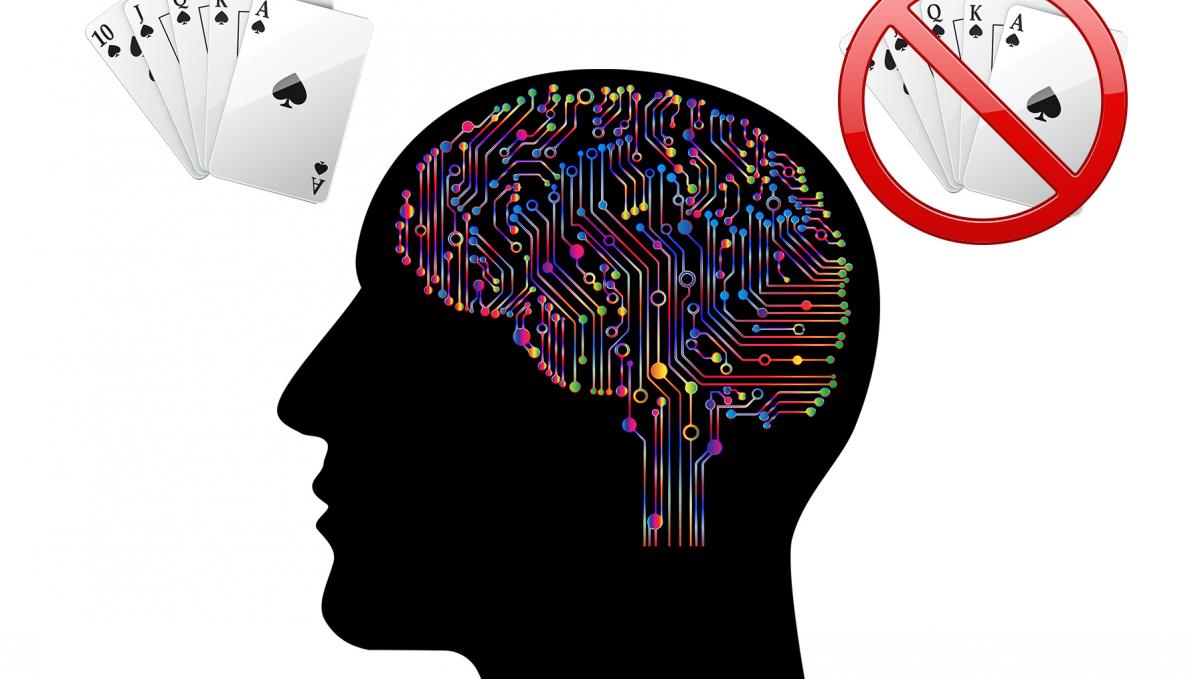PARKINSON AND IMPULSE CONTROL, IDENTIFIED THE BEHAVIORS OF NEURONS THAT LEAD PATIENTS TO MAKE RISKY DECISIONS. THE STUDY IS A COLLABORATION BETWEEN THE BIOROBOTICS INSTITUTE, SANT'ANNA SCHOOL (SCUOLA SUPERIORE SANT’ANNA), AND CAREGGI HOSPITAL

Understanding how the activity of our brain leads us to make a decision rather than another is one of the great challenges of neuroscience. Usually, even in the face of uncertain scenarios, we make decisions, evaluating the risks and opportunities that the different options offer us. What is the brain mechanism that allows us to do this? A network of small structures of neurons (the basal ganglia) helps the cortex to control our movements, and an increasing number of clues reinforce the hypothesis that it also helps to control our behaviors, our decisions, modulating our attitude toward risk. Unfortunately, in patients with Parkinson's disease the basal ganglia no longer function properly and the consequences on movement are very serious. What happens then to decision making is not yet clear but many Parkinsonian patients suffer from impulse control disorder. Basically, they become attracted to anything that is risky.
To understand the mechanisms underlying this pathology, The BioRobotics Institute of Scuola Superiore Sant’Anna and Careggi Hospital in Florence published a study in the journal Movement Disorders. The study analyzed the data acquired by the Parkinson Unit of the Careggi Hospital during surgical operations for therapeutic purposes in Parkinsonian patients.
“Thanks to various techniques – says Alberto Mazzoni, coordinator of the study and Scientific Responsible of Neuroengineering Computational Lab - we have developed over the past few years, we have been able to analyze the differences between patients with impulse control disorder and those who are not affected at the single neuron level. We have found that a whole series of neuronal behaviors characteristic of Parkinson's, such as oscillations at a certain frequency, intermittent activity, are much less common in patients with impulse control disorder. The difference is so significant that we have been able to build an algorithm that recognizes patients with this disorder just by looking at their neurons for a few tens of seconds”.
The results have many consequences. At an immediate level, the algorithm can help in the diagnosis of the impulse control disorder. Furthermore, the weakening of the parkinsonian activities of neurons suggests that perhaps Parkinson's can affect either motor and decision-making circuits in the same way, or only motor ones. In the minority of patients for whom this second case is true, Parkinson's drugs could restore normal activity in motor circuits but mislead decision-making circuits, and thus cause these disorders. Of course, this result requires further studies, which may help improve existing Parkinson's treatments. Finally, the study found single-neuron-level confirmation of the role of the basal ganglia in the perception of risk, adding another piece to the mosaic of the knowledge of decision-making circuits in the brain.
"This study represents a step with important clinical implications that will allow to implement extremely personalized therapy for each patient" says Silvia Ramat, scientific responsible of Pakinson Unit of the Careggi Hospital.



